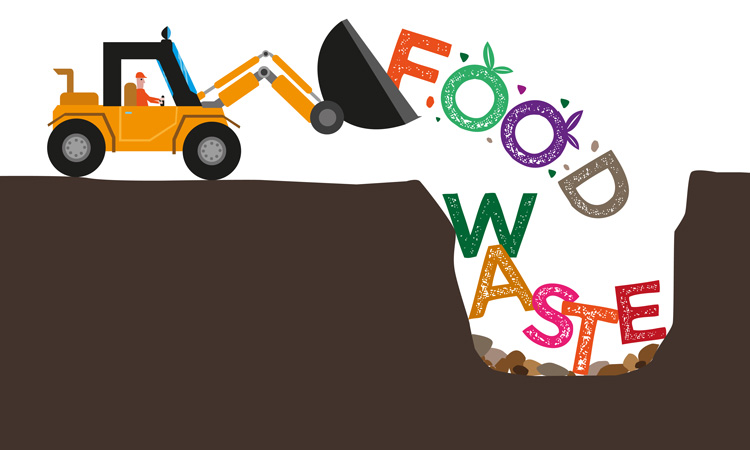
Diversified Agroecological Farming: A Game-Changing Solution to Access to Safe and Nutritious Foods
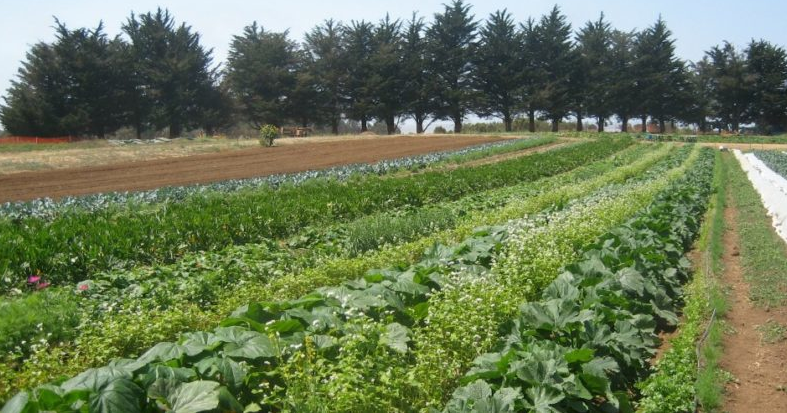
Access to Safe and Nutritious Foods
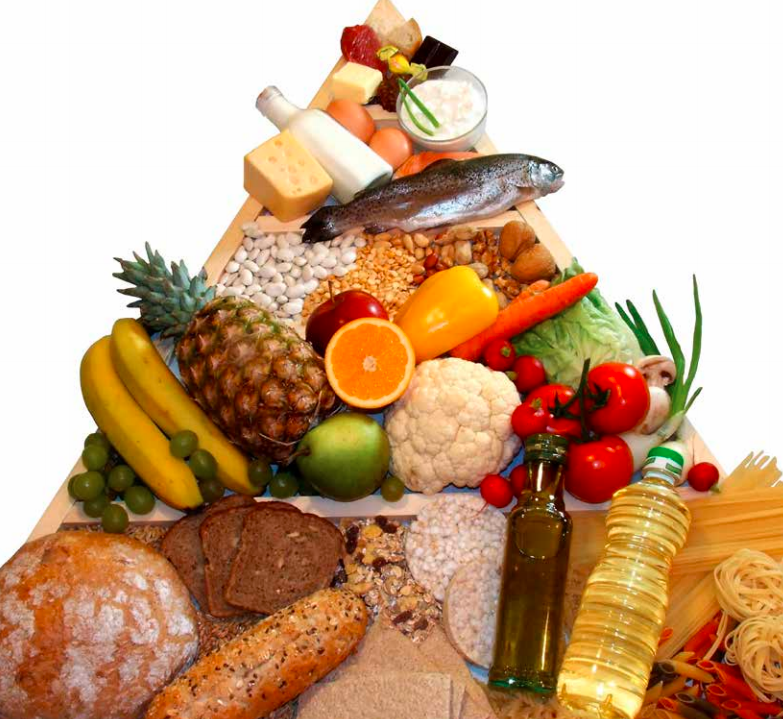
Food may be available, but lack of access to it may be a challenge among certain communities. Nobel Laureate Amartya Sen once said that people in food-rich environments experience hunger because they lack access to food. Access to nutritious food goes beyond food security by defining the nature of food to which people should have access. Mostly arise a question of what is meant by nutritious foods. The world health organization WHO answers this by giving a guideline of what dietary elements are needed by a human body by age, sex, and level of activity. Access to safe and nutritious foods for all can be broken down into three areas of focus which are zero hunger, access to nutritious foods, and food safety. The systemic game-changing solutions to each of these areas should be considered contextually to address the challenge of access.
Game Changing Solution: Towards an integrated systemic approach
The game-changing solution must be systemic encompassing the production, knowledge generation, and institutional framework dimensions. Under the production dimension, agroecologycal farming offers a diverse production of safe and nutritious foods as reaffirmed by FAO and WHO. Hence, the IPES-Food talks about “Diversified Agroecological Systems”. This type of farming incorporates a mix of livestock, tree, crops, and landscapes. Crop production includes crop rotation, inter-cropping and mixed farming, making available a variety of nutritious foods, and other non-nutritious foods that have antioxidant and anti-cancer properties. Trees give both indigenous and exotic fruits and livestock give the much needed high protein from meat, milk and eggs. Such a model of farming exists among smallholder farmers in developing countries, but the productivity is low as reported by IPES, Food.
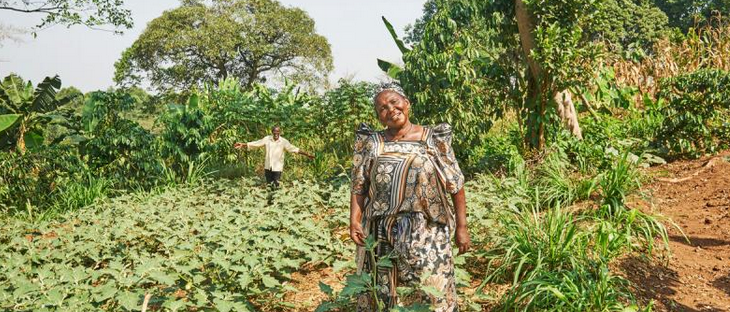
This means reinvestment in agriculture to transform it towards diversified agroecological farming. Both subsistence and industrial agriculture should make a shift from formality to diversified agroecological farming, with each aspect of the agroecological farming fitted to the specific context. This will help build industrialized agriculture through vast specialized and productive global agriculture.
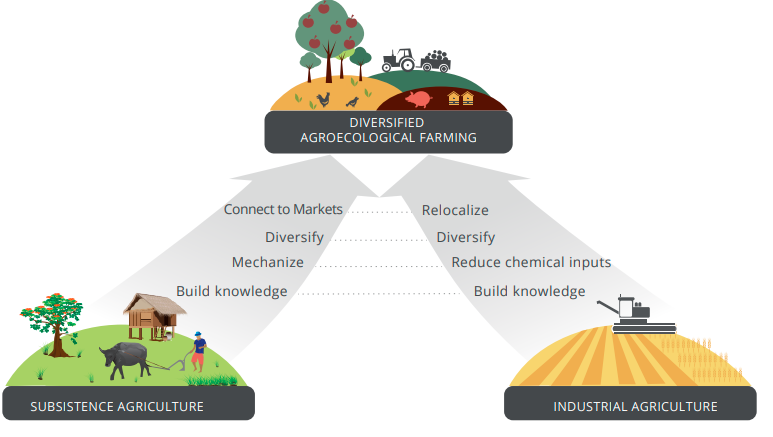
The knowledge generation dimension should include empowerment of the mind. The community should be convinced that the present situation is not serving the hunger and nutrition situation in the affected regions. Knowledge on agroecological farming should be adequately shared with the smallholder farmers and involve them in the planning and implementation of projects. Community involvement increases the chances of adoption of initiatives, promotes active engagement, and smallholders feeling like part of the solution in the project.
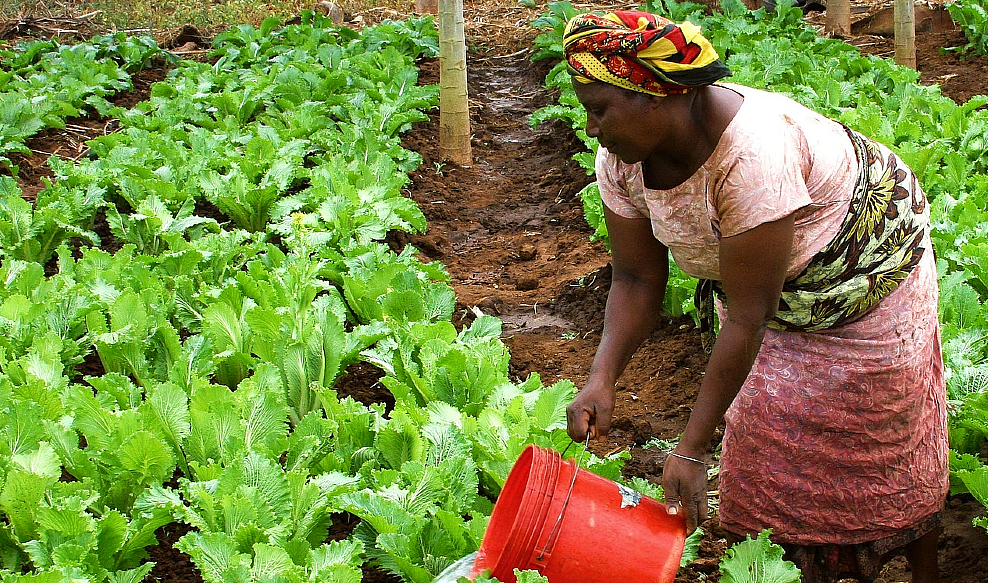
The institutional framework dimension should include public policies which should address the underlying conditions. They should set economic incentives as described by IPES-Food, for multifunctional agriculture and sustainable nutritious food supply. This should include a well-functioning trading system that allows access to affordable foodstuffs. Medium and small-sized food enterprises should be supported in vulnerable communities to enhance markets, and the inclusion of social safety nets to enhance access to nutritious food.
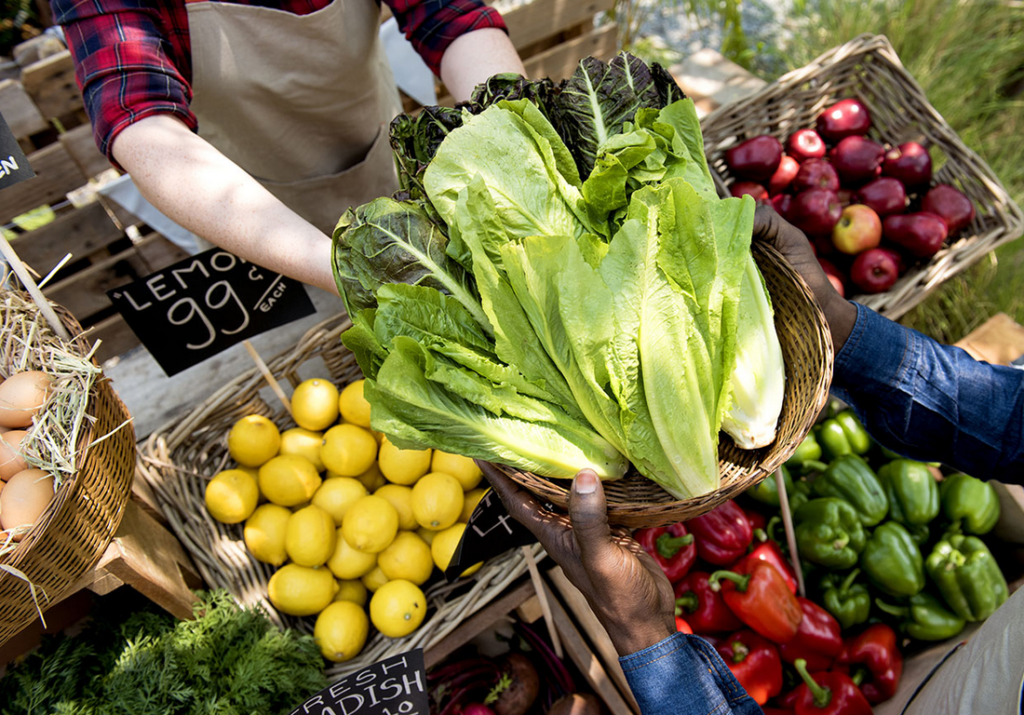
https://nourishedkitchen.com/wp-content/uploads/2009/04/adobestockfarmersmarket.jpg 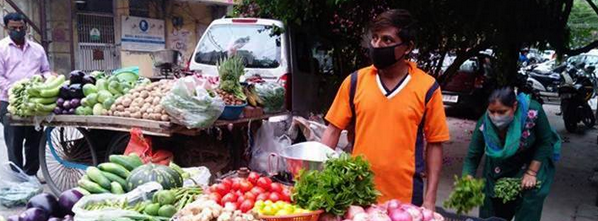
Food Market in India
This means that low-income communities will have the opportunity to access markets with affordable food.
References:
FAO & WHO, 2014. Rome Declaration on Nutrition. Second International Conference on Nutrition. Rome, 19-21 November 2014
FOOD, I. 2018. Breaking away from industrial food and farming systems: Seven case studies of agroecological transition. International Panel of Experts in Sustainable Food Systems Brussels.
FRISON, E. & CLÉMENT, C. 2020. The potential of diversified agroecological systems to deliver healthy outcomes: Making the link between agriculture, food systems & health. Food Policy, 96, 101851.
FRISON, E. A. 2016. From uniformity to diversity: a paradigm shift from industrial agriculture to diversified agroecological systems.
SCHNEIDER, K. & HERFORTH, A. 2020. Software tools for practical application of human nutrient requirements in food-based social science research. Gates Open Research, 4, 179. VAN BERKUM, S., DENGERINK, J. & RUBEN, R. 2018. The food systems approach: sustainable solutions for a sufficient supply of healthy food. Wageningen Economic Research
